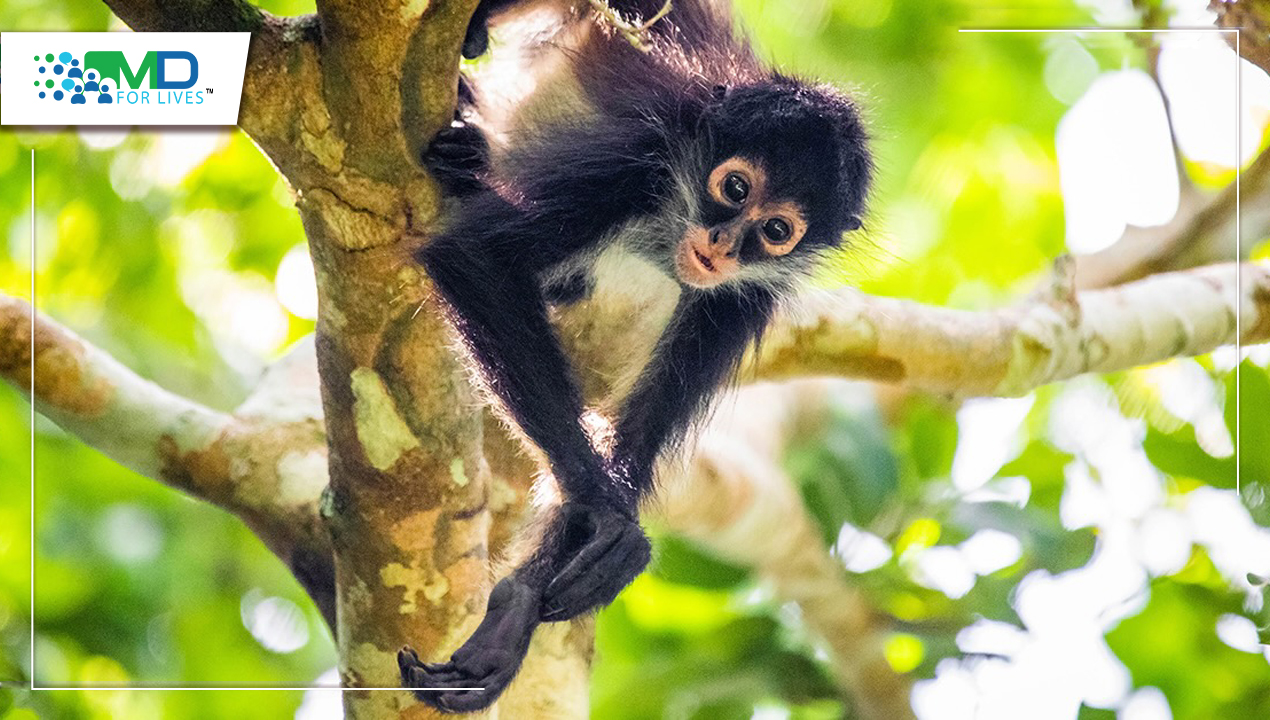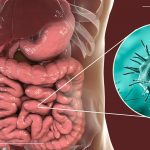Scientists examined the ethanol concentration of a fruit consumed by spider monkeys in Panama and discovered that the fruit contains alcohol on a regular basis, ranging from 1% to 2%. The researchers also took urine samples, the majority of which contained ethanol secondary metabolites. The findings add to the growing body of evidence suggesting our primate forefathers preferred fermented, alcohol-containing fruit for their higher nutritional content, and that humans may have inherited this preference for ethanol.
The ‘drunken monkey’ hypothesis claims that humans’ predisposition for consuming alcohol derives from frugivorous monkeys’ profound fondness for naturally occurring ethanol in ripe fruit. Ethanol is a by-product of fermentative yeasts in fruit pulp that metabolize sugar throughout the ripening process and may operate as a long-distance olfactory cue to animal frugivores, such as many primates.

Because spider monkeys eat largely ripe fruit, they are good candidates for research on natural ethanol exposure. For example, black-handed spider monkeys on Barro Colorado Island (BCI) frequently consume the fruits of the palm Astrocaryum standleyanum, which contain 0.5% ethanol in the pulp when ripe and 4.5% when overripe. Spider monkeys have high sensitivity to several alcohols, including ethanol, which may help them forage more effectively.
Robert Dudley, a scientist at UC Berkeley, has been fascinated by humans’ love of alcohol for 25 years. In 2014, he published a book claiming that our ape and monkey ancestors realized that the aroma of alcohol led them to ripe, fermenting, and nutritious fruit millions of years ago. A recent study backs up what Dudley refers to as the “drunken monkey” notion.
The new research was led by California State University, Northridge (CSUN) primatologist Christina Campbell and her graduate student Victoria Weaver, who gathered fruit consumed and discarded by black-handed spider monkeys (Ateles geoffroyi) in Panama. They discovered that the alcohol content of the fruit was normally between 1% and 2% by volume, a by-product of spontaneous fermentation by yeasts that consume sugar in ripening fruits.
They looked at how much ethanol was in the diet of spider monkeys on BCI, and in particular, how much ethanol was in ripe Spondias mombin fruits (Anacardiaceae). These fruits account for more than 5% of BCI’s total annual diet, and they are also essential at other study locations across the Ateles spp. range. The fruits have a high sugar content, with total non-structural carbohydrates accounting for 40% of the dry weight of the pulp, making them good candidates for alcoholic fermentation. Indigenous human populations in Central and South America use these fruits to manufacture chicha, a fermented alcoholic beverage.

The leftover pulp of S. mombin fruits that were partially devoured by spider monkeys contained detectable ethanol. Similarly, in the absence of foraging spider monkeys, the ethanol level of pulp derived from fully undamaged and ripe fruits (but omitting unripe and over-ripe fruits) collected on the forest floor was around 2%.
Furthermore, the researchers collected urine from these free-ranging monkeys and discovered secondary metabolites of alcohol in the urine. This result indicates that the animals were using the alcohol for energy rather than simply passing it through their bodies.
This is the first demonstration for a frugivorous primate that spider monkeys on BCI absorb naturally occurring low-level ethanol as a constituent of one of their wild food items. Fruits that showed no signs of eating were most likely smell-rejected and then fallen to the ground, but unintentional dislodging during foraging cannot be ruled out. Other factors that may have influenced rejection include texture (as determined by palpation) and visual appearance.
The detection of two ethanol-specific metabolites (ethyl glucuronide (EtG) and ethyl sulfate (EtS)) in spider monkey urine samples is likewise consistent with ethanol intake through the food. Ethanol ingestion in humans causes higher EtG and EtS levels for several days. Furthermore, urinary concentrations of both metabolites are highly dependent on individual identity at any given rate of ingestion. There are no relevant data for nonhuman primates that would allow a link of the EtG and EtS concentrations reported here to ethanol ingestion rates or any behavioral or physiological repercussions of such ingestion.
The findings add to the growing body of evidence suggesting our primate forefathers preferred fermented, alcohol-containing fruit for their higher nutritional content, and that humans may have inherited this preference for ethanol.





